Our Pennsylvania soil has given up some amazing treasures over the years. From gold coins to Civil War artifacts, the finds have been nothing short of spectacular.
The thrill of discovering these treasures right in our backyard makes every story fascinating. Learning about each discovery brings our state’s rich history to life in ways you would never expect.
Fortune seekers and history buffs have uncovered millions of dollars worth of valuable items throughout Pennsylvania. Some of the most incredible finds have come from ordinary people exploring their own properties.
The best part about Pennsylvania’s treasure stories is that new discoveries happen all the time. Each find adds another exciting chapter to our state’s remarkable history.
Amazing Treasures That Have Been Found In Pennsylvania
Following are some of the most astonishing treasures ever uncovered in Pennsylvania. Once you’ve seen these incredible discoveries, check out our list of the 17 most valuable lost treasures in Pennsylvania that could still be out there!
Meadowcroft Rockshelter – $10,000,000+
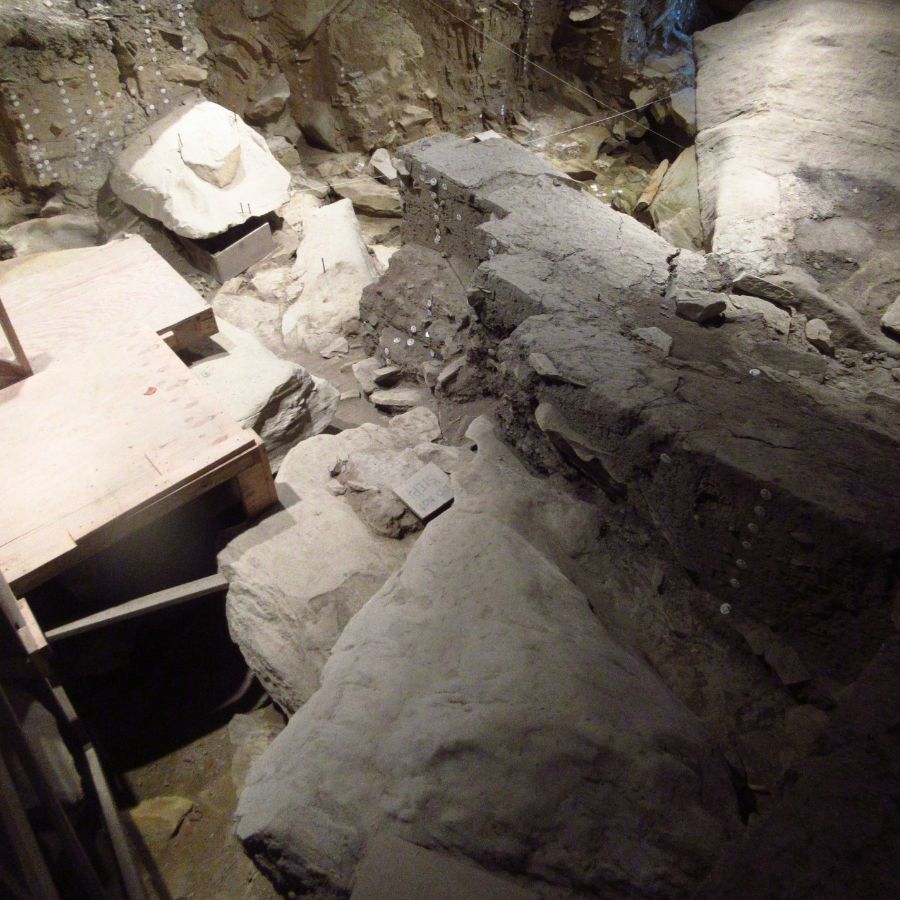
Meadowcroft Rockshelter was a secret window into ancient history until 1955. Albert Miller, a local farmer, stumbled upon this unusual rock overhang while exploring his property. His curiosity led to one of the most significant archaeological discoveries in North America.
Excavations led by Dr. James Adovasio in the 1970s unearthed artifacts proving that humans lived there as early as 19,000 years ago.
What made this site remarkable was the sheer variety of discoveries. Stone tools, animal bones, fire pits, and woven plant fibers told a story of survival. Early hunter-gatherers sought shelter here, using it as a temporary home while traveling across the landscape.
The site’s age challenged long-standing theories about the first humans in America. Some doubted the evidence at first, but later studies confirmed its authenticity.
How much the treasure would be worth today
Artifacts from Meadowcroft could fetch over $10 million, with individual items like stone tools valued between $50,000 and $300,000.
Crystal Cave – $5,000,000+
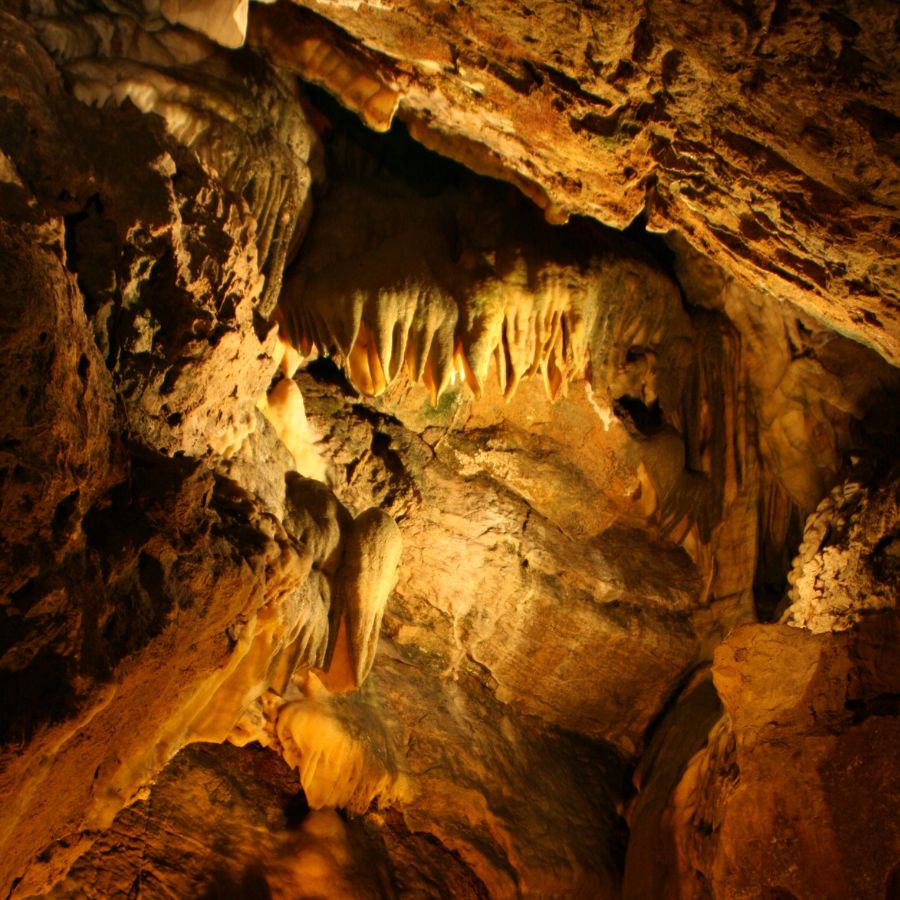
Crystal Cave was found in 1871 by workers digging for limestone near Kutztown, Pennsylvania. When they opened a small hole in the ground, they never expected to uncover a hidden underground wonder. Inside, the cave was filled with sparkling calcite and aragonite formations that had been forming for thousands of years.
The cave quickly became Pennsylvania’s first show cave, attracting visitors from all over. Explorers found massive stalactites and stalagmites, some shaped like frozen waterfalls. The walls glittered under the lantern light, making it feel like stepping into a different world.
Many believe the cave was once used by Native Americans for shelter or spiritual rituals. Over the years, scientists have studied the mineral formations to learn about the region’s geological past.
How much the treasure would be worth today
The cave’s formations are priceless, but if the minerals were sold, they could be worth over $5 million.
Dean Richmond Shipwreck – $500,000+
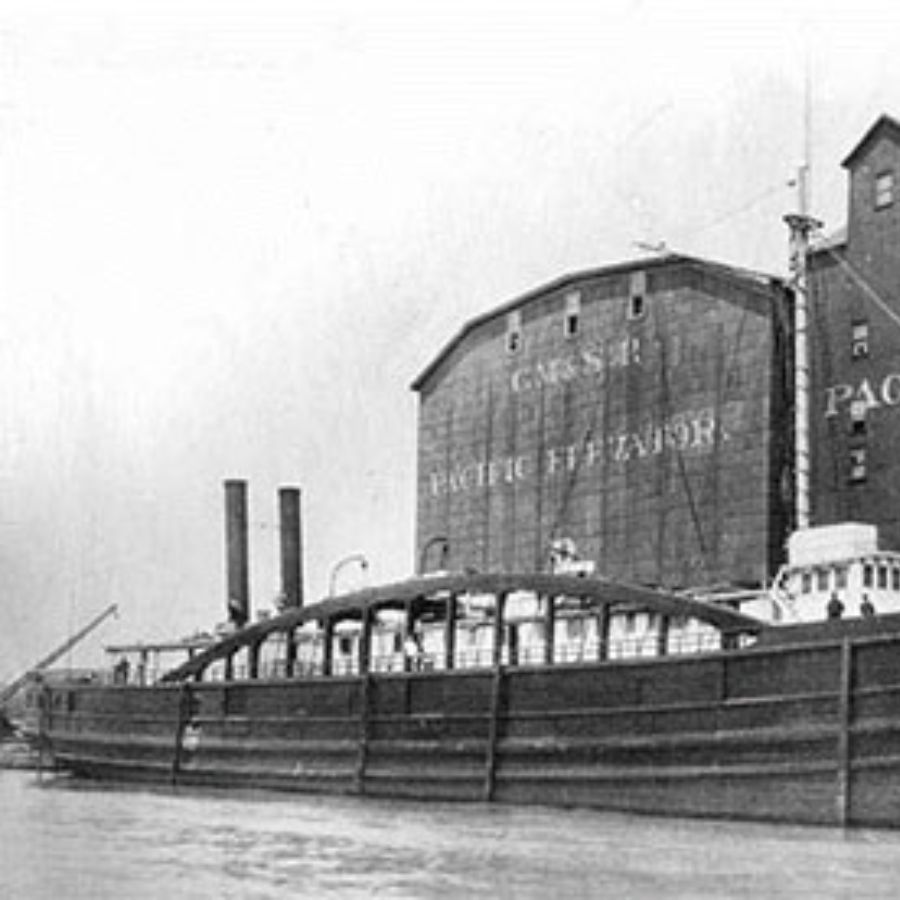
Dean Richmond was a wooden steamship that sank in Lake Erie during a severe storm on October 14, 1893. After nearly a decade-long search, the wreck was discovered by Garry Kozak, lying inverted about five miles off the Pennsylvania/New York border in approximately 95 feet of water.
The ship was transporting a cargo that included hundreds of zinc bars destined for Buffalo. The wreck is almost diveable for advanced recreational divers at 105 feet.
The discovery of Dean Richmond provides valuable insights into maritime history and the challenges faced by 19th-century steamships on the Great Lakes. Artifacts recovered from the site offer a glimpse into the ship’s construction and the nature of its cargo.
How much the treasure would be worth today
The cargo of zinc bars aboard the Dean Richmond could be valued at approximately $500,000, depending on current market prices.
Dents Run Gold – $50,000,000+
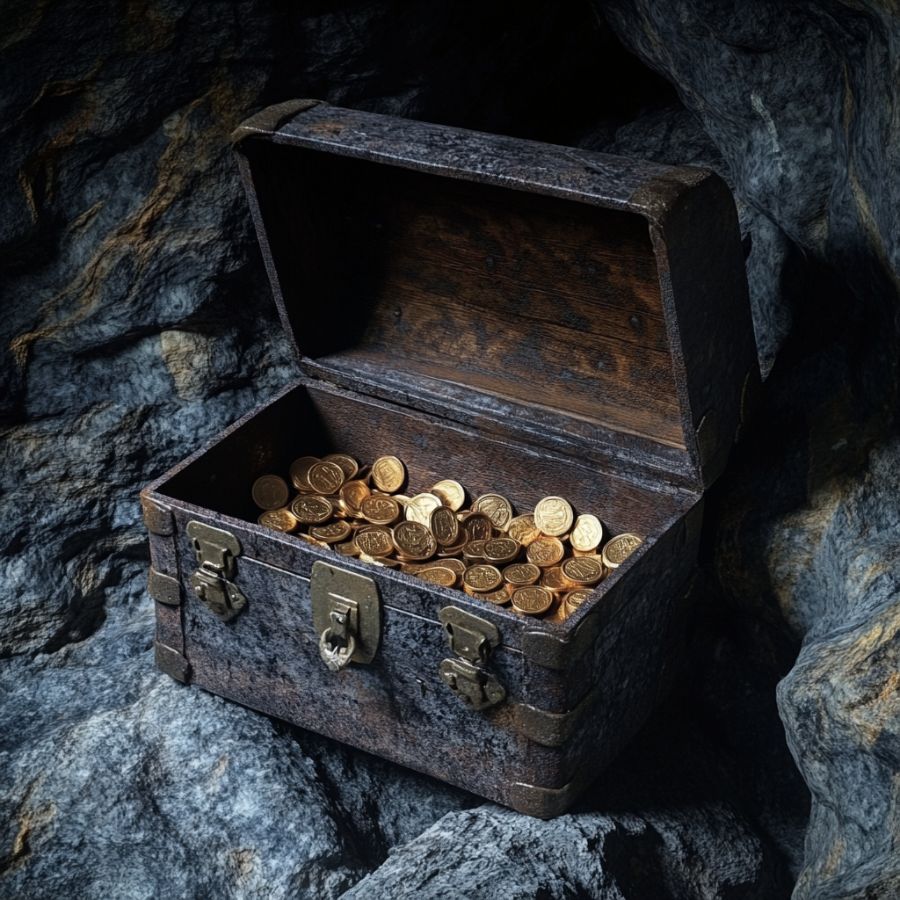
Dents Run is surrounded by dense forests and steep hills. Legends say that during the Civil War, Union soldiers were secretly transporting a shipment of gold through the area. Somewhere along the way, the gold vanished, never reaching its destination.
Treasure hunters have searched for this lost fortune for years. In 2018, a group claimed to have found a buried cache of gold in Elk County. They notified the FBI, but after an excavation, officials said nothing was found. Some believe the government secretly took the treasure.
If the gold was truly discovered, it would be one of the greatest treasure finds in American history. Historians estimate the shipment was worth millions in today’s money. The mystery of what happened to it still remains unsolved.
People continue searching, hoping to be the ones to uncover the truth. Whether the gold is still hidden or was already taken, the legend of Dents Run lives on.
How much the treasure would be worth today
The Dents Run’s gold would be valued at over $50 million.
Port Kennedy Bone Cave – $15,000,000+
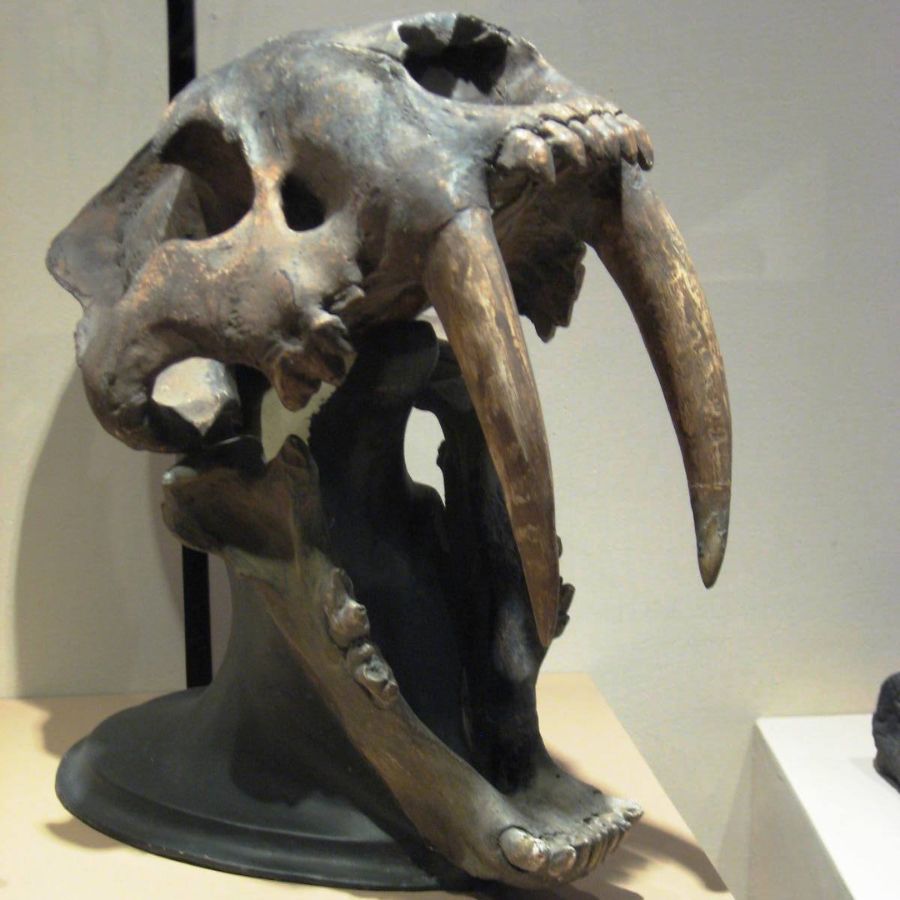
Deep beneath the ground in what is now Valley Forge National Historical Park, an unexpected discovery changed paleontology forever. In the 19th century, quarry workers chipping away at limestone unearthed an astonishing deposit of Ice Age fossils.
The cave was soon recognized as a treasure trove of prehistoric creatures, including saber-toothed cats, mastodons, and giant sloths. It was a frozen moment in time, preserving creatures that vanished thousands of years ago.
Renowned scientist Edward Drinker Cope led early studies of the site in the 1870s. His team carefully documented bones that revealed how these ancient animals lived and hunted.
Unfortunately, quarrying operations later filled in the cave, sealing away countless fossils. Since then, researchers have tried to locate its exact entrance, but much of it remains lost beneath the earth.
How much the treasure would be worth today
The fossils could be valued at over $15 million today.
Richard T. Foley Site – $6,000,000+
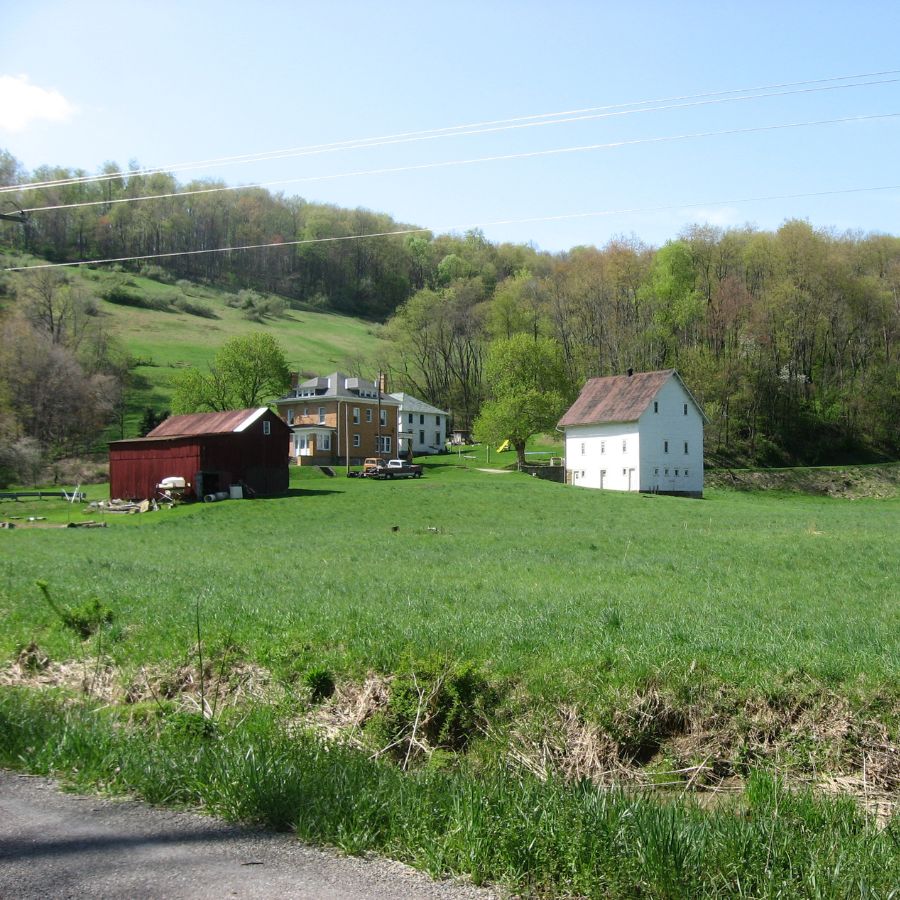
The Richard T. Foley Site remained hidden beneath the soil of Greene County for centuries. No one suspected that this unremarkable patch of land once held a thriving Monongahela village.
It wasn’t until the 1970s, when archaeologists conducted surveys in the area, that its true significance came to light. Excavations revealed the remains of a long-lost settlement dating back to the 1600s, complete with artifacts, tools, and pottery fragments.
Unlike other Monongahela settlements, which often disappeared without leaving much evidence, this site was remarkably well-preserved. The arrangement of homes and fire pits allowed researchers to reconstruct how people lived, worked, and interacted with one another.
The discovery painted a vivid picture of a Native American community before European colonization changed everything.
How much the treasure would be worth today
The artifacts could be valued at around $6 million.
Fort Hunter Archaeological Excavations – $4,000,000+

Fort Hunter was built during the 18th century as a military outpost. Its true secrets remained buried for centuries. Though historians knew of the fort’s existence, it wasn’t until systematic excavations in the early 2000s that its history truly came alive.
Archaeologists uncovered a wealth of artifacts, from musket balls to household items used by soldiers and their families.
Each discovery added new layers to the fort’s story. Even simple buttons and buckles told stories of the soldiers who once stood guard on the frontier. The excavation didn’t just uncover objects; it uncovered the struggles and resilience of those who lived there.
Ongoing excavations continue to bring new findings to light, ensuring that this chapter of history is never forgotten. The fort remains a crucial link to America’s colonial past.
How much the treasure would be worth today
The artifacts could be valued at over $4 million, with rare weapons and military items selling for between $20,000 and $150,000 each.
Shoop Site – $8,000,000+
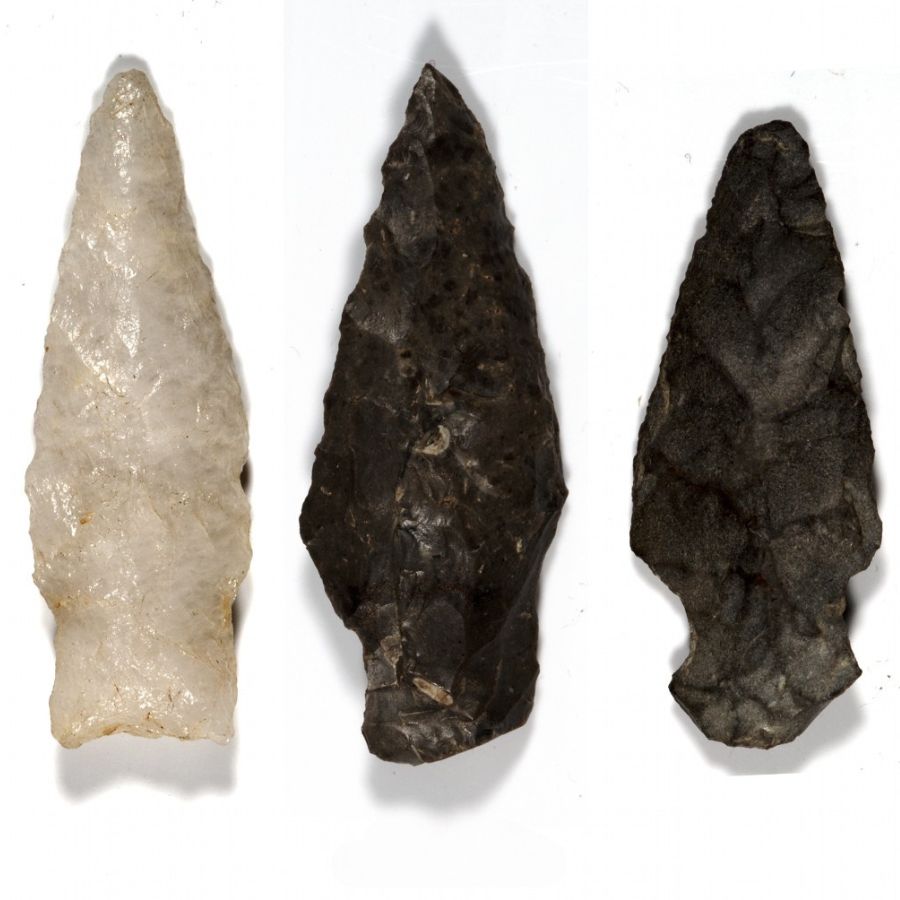
The Shoop Site, first excavated in the early 1900s, turned out to be one of the oldest known Paleoindian campsites in Pennsylvania. Hidden beneath layers of soil, archaeologists found thousands of stone tools, some dating back nearly 11,000 years.
The most striking finds at the site were spear points crafted from jasper. These carefully shaped tools indicated that early humans were expert hunters, capable of taking down large Ice Age animals like mammoths and bison.
Shoop Site’s importance lies in what it reveals about early human migration. The tools found here closely resemble those from other Paleoindian sites, suggesting a shared way of life among different groups.
Even though no permanent homes were discovered, the site provides a crucial link to North America’s first inhabitants. It remains a key piece of the puzzle in understanding human survival at the end of the Ice Age.
How much the treasure would be worth today
The Shoop Site’s artifacts could be valued at over $8 million.
Charles Boardman’s Herbarium – $2,000,000+
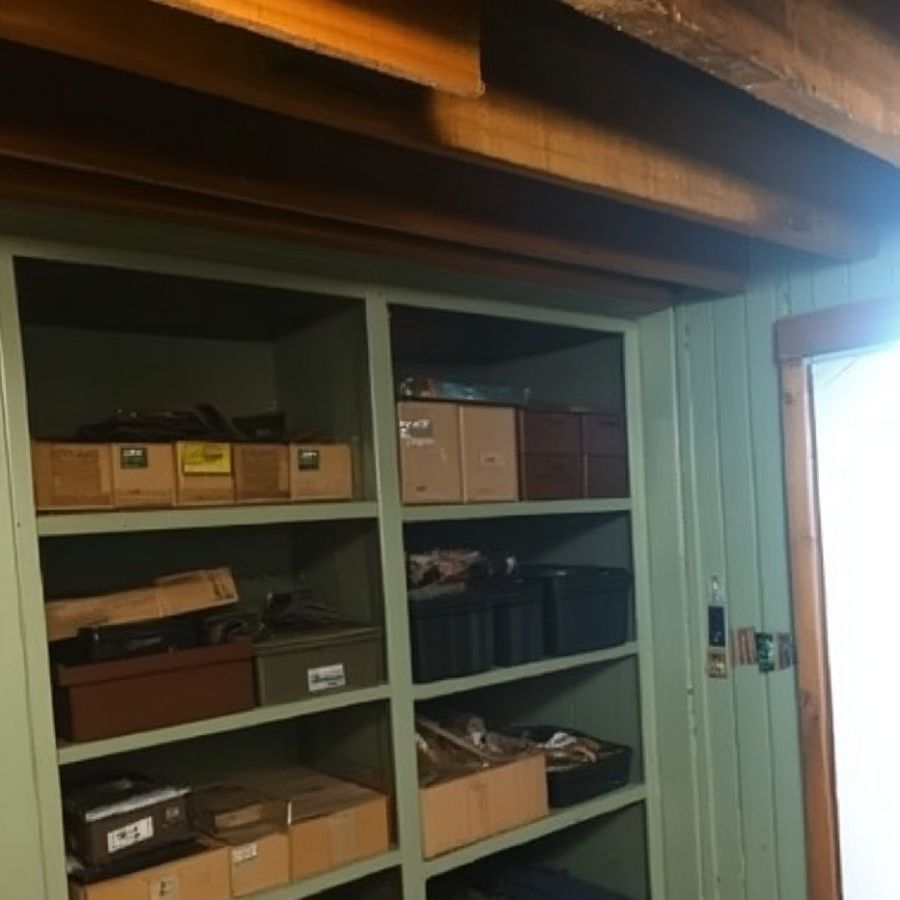
Charles Boardman’s herbarium was forgotten for decades. It sat in a dusty Pittsburgh basement, unseen by anyone. When it was finally discovered, scientists realized it was a valuable collection of plant specimens from the past.
The herbarium held dried plants from the 1800s, carefully preserved in notebooks. Each specimen had notes about where and when it was collected. Some of the plants are now extinct or no longer found in the same areas.
Botanists studied the collection to understand how plant life changed over time. It gave clues about climate change and human impact on nature. The herbarium became an important resource for scientists trying to track environmental shifts.
Even though it was hidden away for years, Charles Boardman’s collection still had a huge impact. Researchers now use it to compare modern plants with those from the past. This forgotten treasure has helped shape the study of botany in ways no one expected.
How much the treasure would be worth today
The herbarium could be valued at over $2 million.
Gettysburg Civil War Artifacts – $10,000,000+
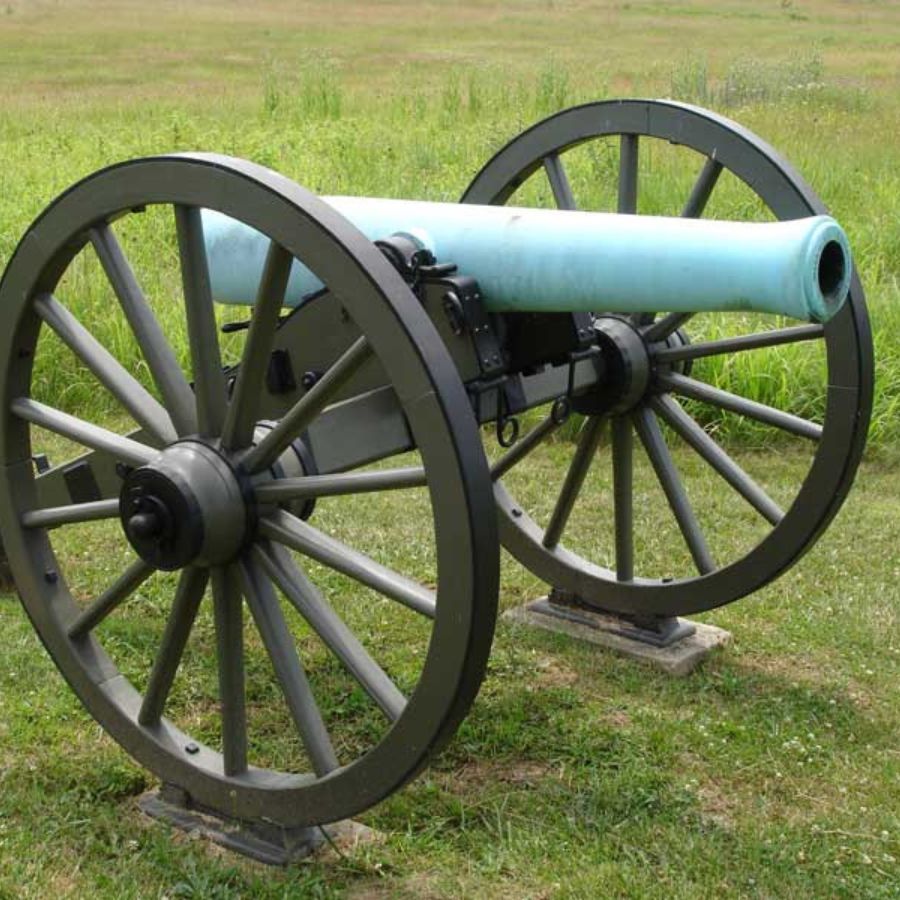
Gettysburg was the site of one of the most famous battles in American history. After the fighting ended, the battlefield was littered with weapons, uniforms, and personal belongings. Over the years, many of these artifacts have been recovered, each telling a unique story about the soldiers who fought there.
Bullets and cannonballs were the most common finds, scattered across the fields. Some relics were buried in the dirt for decades before being uncovered. Old rifles, swords, and even medical tools have been found, giving insight into the brutal reality of war.
Gettysburg remains one of the most studied battlefields. Even today, new discoveries continue to be made. Each artifact adds another piece to the puzzle of what happened during those three days in 1863.
How much the treasure would be worth today
The collection of artifacts could be valued at over $10 million.
Philadelphia Shipwreck Coins – $5,000,000+
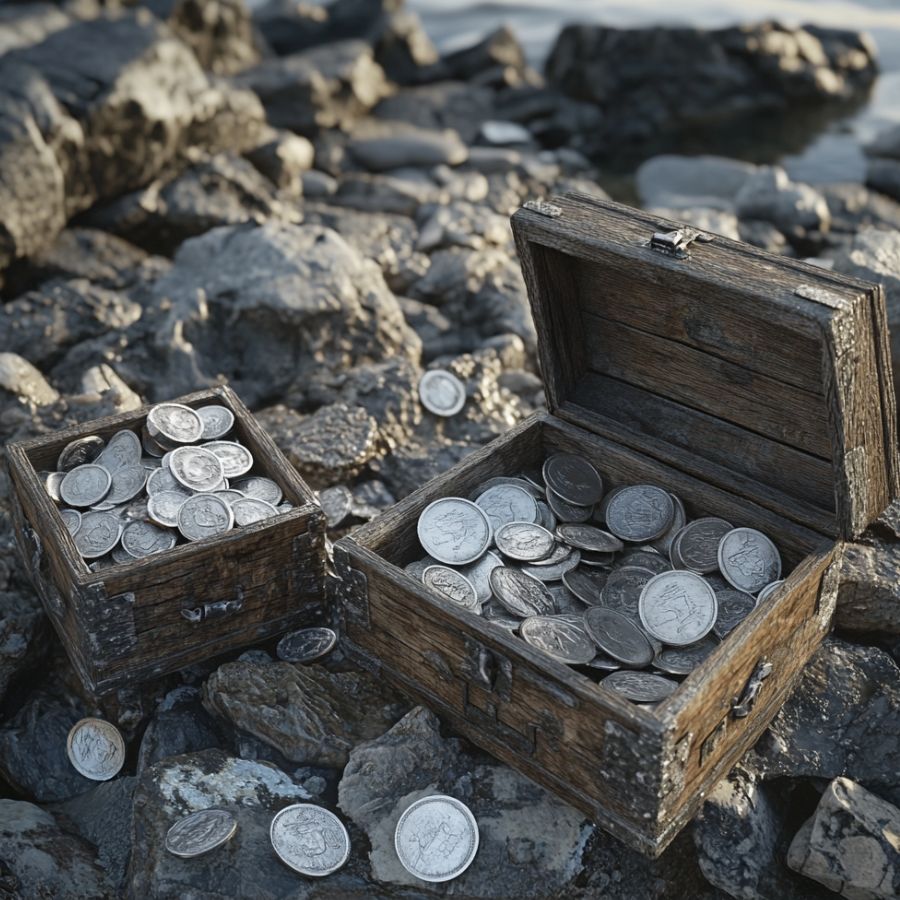
The Delaware River has seen countless ships sail through its waters. Some of them never made it to their destination, sinking with valuable cargo still onboard. Over the years, divers and treasure hunters have found coins from these lost ships, many dating back to the 1700s.
Spanish silver pieces and colonial-era coins have been pulled from the riverbed. Some were in wooden chests, while others were scattered among debris. Many of these coins were used in trade during America’s early days, making them historically significant.
Collectors are eager to own these rare pieces of history. Some coins are in near-perfect condition, while others have been worn down by years underwater. Even damaged coins can be worth a small fortune.
How much the treasure would be worth today
The coins could be worth over $5 million, with individual pieces valued between $5,000 and $50,000.
Algerine Schooner – $50,000+

The Algerine was a two-masted schooner built in 1856 by A. Miller in Oswego, New York. Owned by F.S. Pelton & Boyce of Cleveland, Ohio, the vessel had a net tonnage of 291.
It sank during a storm and was later discovered approximately 300 feet off Raccoon Creek near Springfield, Pennsylvania, in Lake Erie. The wreck lies about 3.5 miles at 68 T from the small boat cut at Conneaut Harbor.
The discovery of the Algerine provides a tangible connection to mid-19th-century maritime commerce on the Great Lakes. The site offers insights into the construction and operation of schooners during this period.
How much the treasure would be worth today
While the Algerine’s cargo details are scarce, similar schooners of the era often transported goods like grain or coal, which could be valued at approximately $50,000.
The Susquehanna Meteorite – $100,000+
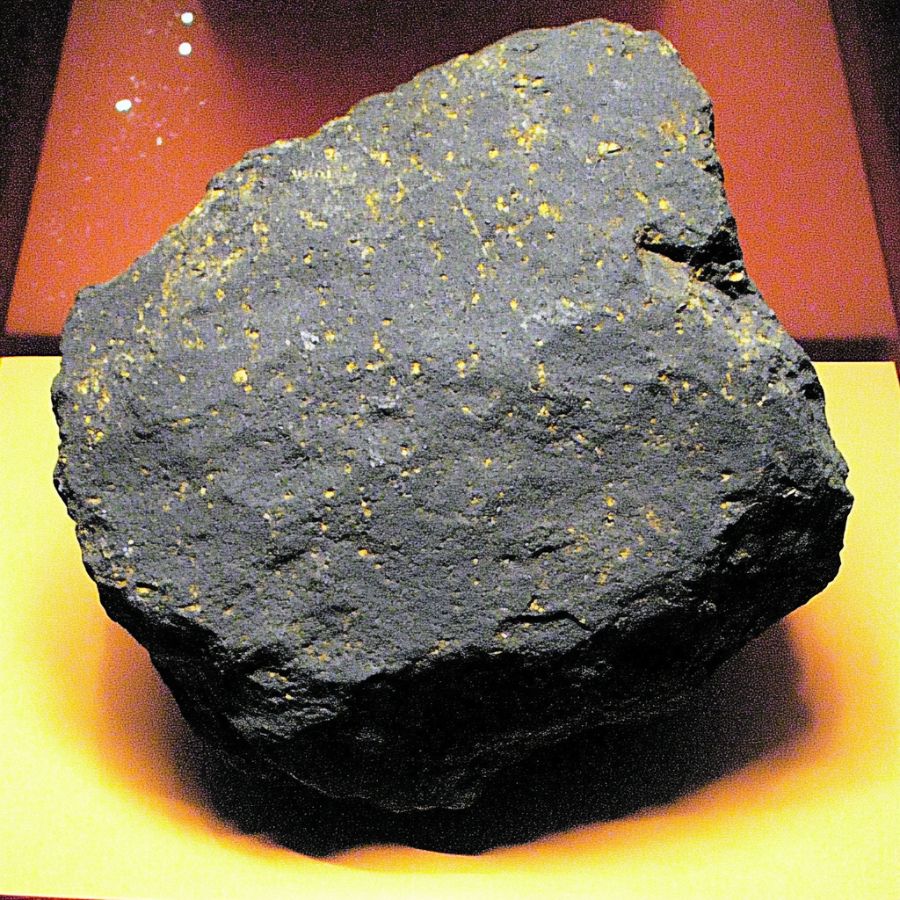
Since 1941, there have been a total of eight Pennsylvania meteorites—five irons (all finds) and three L-chondrites (all falls). These extraterrestrial objects provide valuable scientific data about the composition of our solar system.
The Susquehanna meteorite, in particular, is notable for its size and composition. Such meteorites offer insights into the early solar system and the processes that led to planet formation.
Studying these meteorites helps scientists understand the history and evolution of celestial bodies. They also provide clues about the potential for life elsewhere in the universe.
How much the treasure would be worth today
Meteorites can be highly valuable to collectors and researchers; the Susquehanna meteorite could be valued at approximately $100,000.
Pennsylvania Iron Ore – $50,000+

The Hillman Hall of Minerals and Gems at the Carnegie Museum of Natural History in Pittsburgh, Pennsylvania, showcases notable mineral and gem collections, reflecting the state’s rich mineral heritage. Among these is the iron ore from the Cornwall Mine, which was one of the largest and longest-operating iron mines in the U.S.
The mine produced high-quality iron ore that was essential for steel production, contributing significantly to the industrial growth of Pennsylvania and the nation. Specimens from the Cornwall Mine are valued for their historical significance and mineralogical characteristics.
The display of these minerals educates the public about the state’s geological resources and mining history. It also highlights the importance of mineralogy in industrial development.
How much the treasure would be worth today
Specimens from the Cornwall Mine, depending on size and quality, could be valued at approximately $5,000 to $50,000 each.
Lake Erie Shipwrecks – $10,000,000+
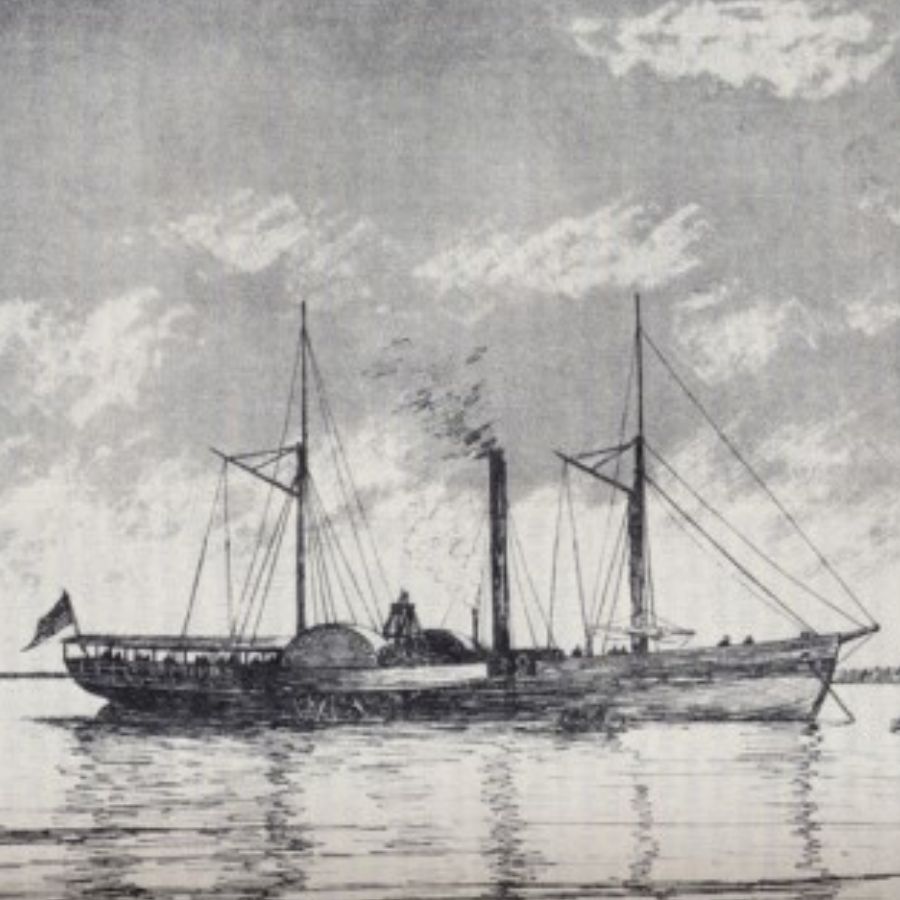
Historical records indicate that up to 196 vessels may have sunk within Pennsylvania’s waters of Lake Erie. To date, 35 of these shipwrecks have been identified. These wrecks offer valuable insights into maritime history and are of interest to archaeologists and divers.
Each discovered wreck provides a snapshot of a specific moment in time, reflecting the vessel’s purpose, construction, and the circumstances leading to its sinking.
Ongoing efforts to locate and study these shipwrecks contribute to our understanding of regional history, trade, and technological advancements in shipbuilding. Preservation of these sites is crucial for future research and education.
How much the treasure would be worth today
The combined value of artifacts and potential cargo from the identified shipwrecks could be estimated at over $10 million.
French Creek Gold Discovery – $50,000+
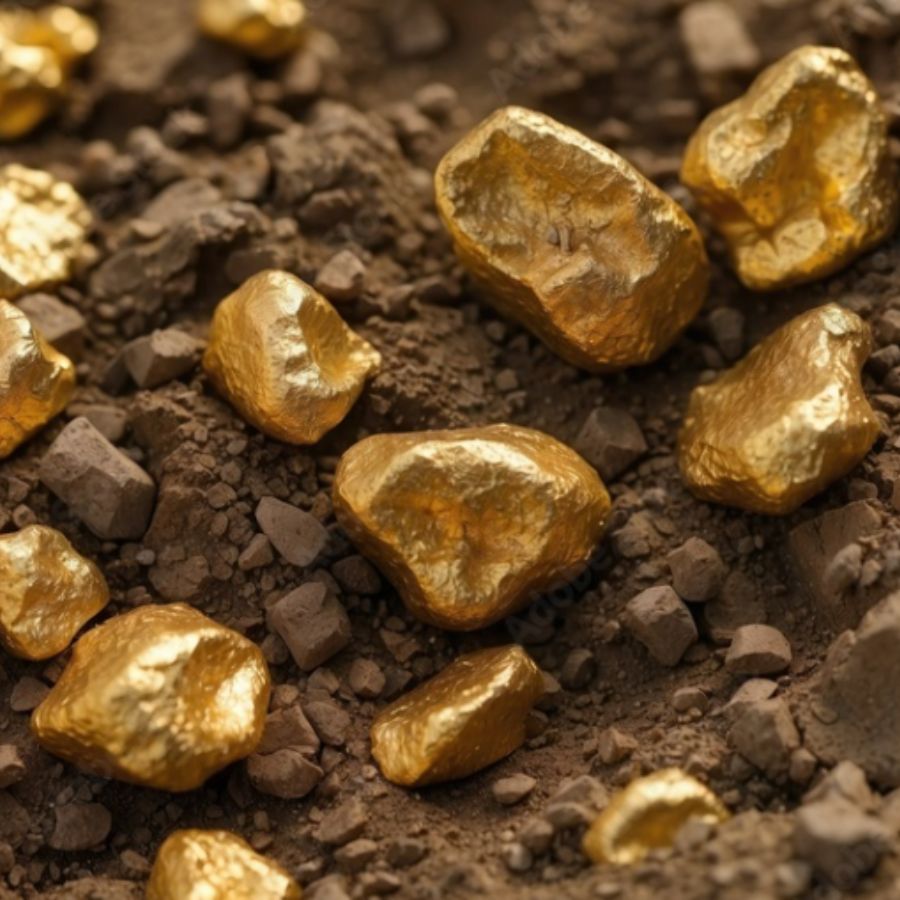
French Creek, located in Chester and Berks counties, Pennsylvania, has been known for its gold deposits. Prospectors have found placer gold in its waters, attracting hobbyists and small-scale miners. The creek’s geology, with its mineral-rich rocks, contributes to the presence of gold particles in the sediment.
Gold panning in French Creek became popular during periods of economic hardship, offering a potential source of income. While large nuggets are rare, fine gold can be extracted using simple panning techniques.
Environmental regulations now guide gold prospecting to ensure the protection of aquatic ecosystems. Prospectors are encouraged to follow best practices to minimize ecological impact.
How much the treasure would be worth today
The amount of gold extracted from French Creek is modest, with an estimated total value of around $50,000, reflecting the small-scale nature of prospecting in the area.
Susquehanna River Discoveries – $500,000+
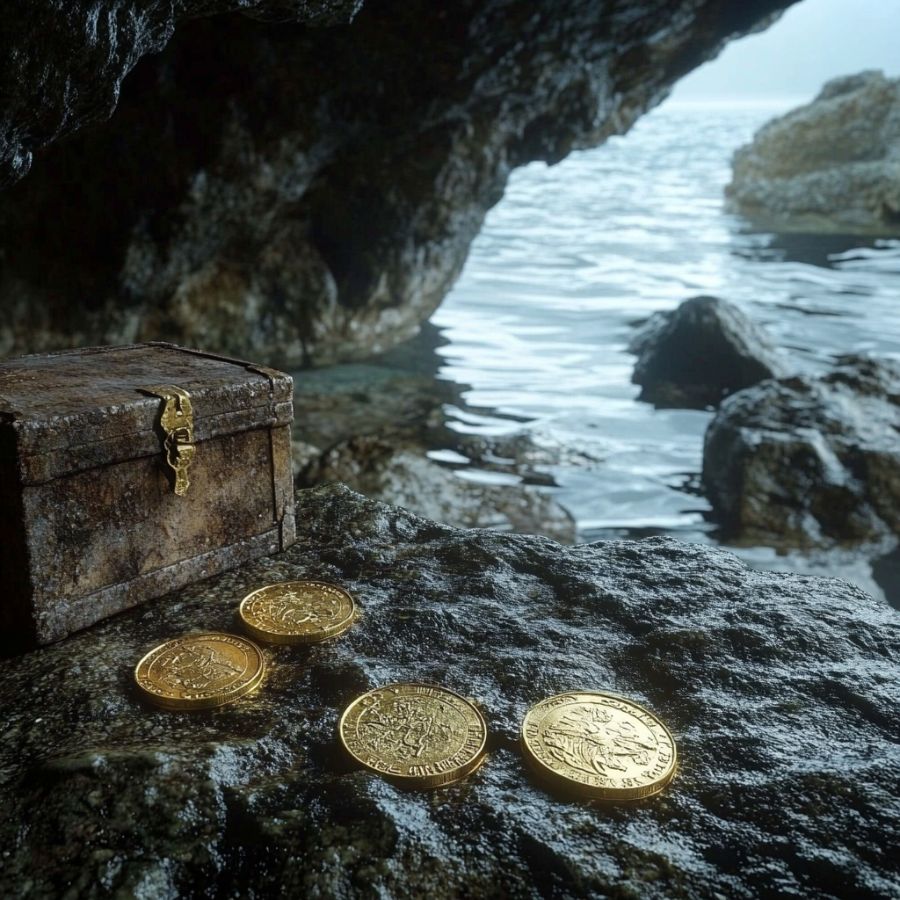
The Susquehanna River has been a site of significant historical discoveries. In one instance, two friends using metal detectors along the river found a coin dating back to the mid-1700s. This find offers a glimpse into the area’s colonial past.
In another discovery, contractors working on a greenway project found 35 headstones that had been swept away during the 1972 Agnes Flood. These headstones, some dating back more than 200 years, provide insights into the region’s history and the impact of natural disasters.
These discoveries along the Susquehanna River highlight the area’s rich history and the importance of preserving such artifacts. Each find adds a piece to the puzzle of the region’s past, offering valuable information for historians and archaeologists.
How much the treasure would be worth today
The combined value of artifacts discovered along the Susquehanna River is estimated to be around $500,000, depending on the rarity and condition of the items.
Note that some of the greatest treasures are still missing, waiting for the right person to uncover them. So, if these discoveries have piqued your interest, check out our list of the 17 most valuable lost treasures in Pennsylvania that have yet to be found.


